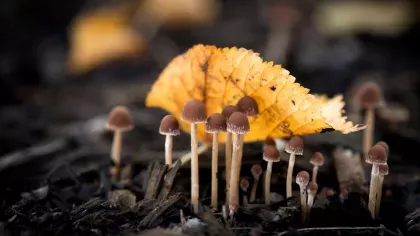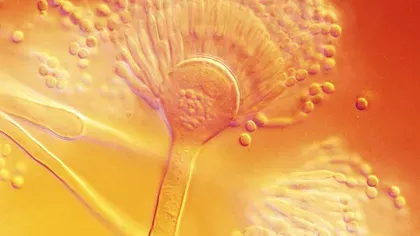20 May 2024
Uncovering the DNA inside Kew's fungarium
With new funding from the UK government, we’re sequencing DNA from our most precious fungarium specimens to help address the pressing problems of our time.

The Fungarium here at Kew is home to one of the largest and most complete fungal collections in the world – more than 1.25 million specimens in total.
The collection includes 50,000 ‘type specimens,’ the original reference material that is used to make a definitive link between a fungus as a living organism and the name applied to it. There are almost 160,000 species of fungi known to science, but we predict there are so many more out there: around 2.5 million species in total.
There’s a long, but worthwhile, road of discovery still to walk down.

Fungal DNA discoveries
Fungi form the bedrock of our ecosystems, are entrenched within our food chains, and silently carry out chemical processes that other forms of life rely on. Despite them playing critical roles for us and our planet, we understand relatively little about the complexity of fungal life, and just how at risk of extinction different species of fungi may be.
To learn more about how different fungal species may help us and how we can ensure their protection, we need to understand them.
With a significant new grant from the UK government we’re embarking on a groundbreaking new initiative to shed light on the fungal world through DNA. Our friends at the Natural History Museum will be joining us to DNA sequence their collection of lichens while we do the same with our fungal collections as part of this exciting project. Together we hope to reveal the vast diversity of fungi, their potential to humankind and the roles they play in our ecosystems.
Sequencing and studying the DNA held within thousands of our Fungarium specimens over the next four years will revolutionise our understanding of the relationships between fungal species and uncover how they can help address the great challenges that we humans face in the modern day.


Fungi, plastics and the environment
Fungi help to lock up carbon from our atmosphere, cycle nutrients through soils and so much more, all without us noticing as we go about our daily lives.
What we all can see, however, is plastic waste strewn across our cities and wild places. Again, fungi have a role to play here.
Dr Irina Druzhinina has been studying hundreds of fungal species, as well as bacteria, that make their home on the surface of plants like Welwitschia and certain palms. What makes these plants interesting is their thick, waxy leaf cuticles made of polymers with remarkably similar traits to plastic.
To avoid being swept away from their leaf surface home by the elements, fungi secrete enzymes that digest waxy leaf polymers, allowing for better grip. If they can easily digest plant polymers, it stands to reason they may have some ability to digest plastic too.
Already, Irina and her international collaborators have identified more than 180 species whose enzymes could digest basic plastics in a lab setting.
Identifying the genes associated with this ability and making use of a huge new fungal DNA dataset, could accelerate the finding of other fungi with plastic-eating potential far more quickly than we can now. A fungus-based solution to the enormous issue of plastic pollution could be just years away.

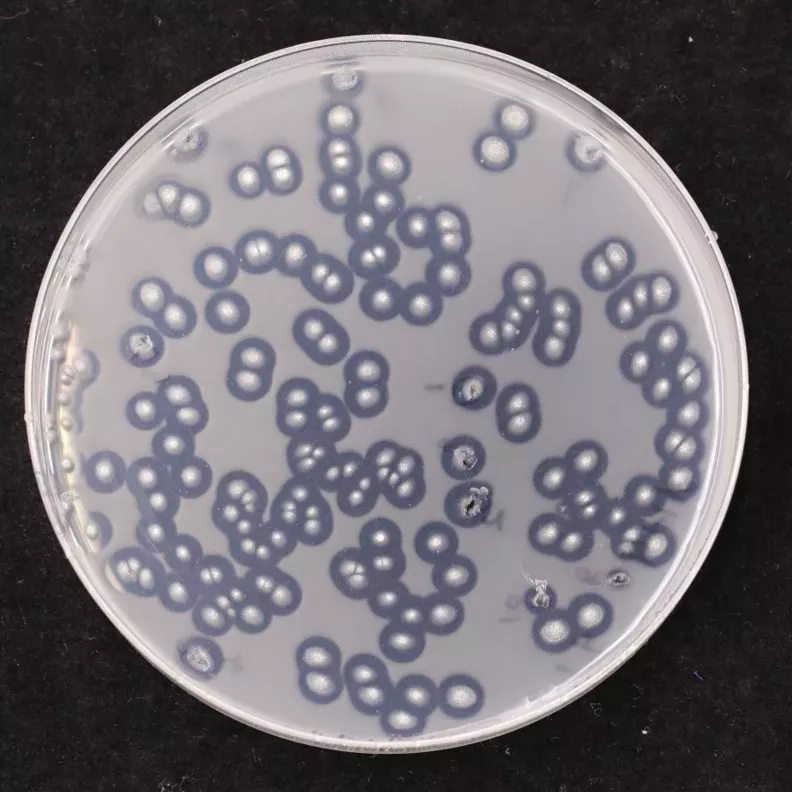
Fungi and medicine
Over the last century, fungi have been the source of medical innovations that have saved countless lives.
Soil microfungi like Aspergillus terreus have given us statin drugs that can tackle high cholesterol, while the beetle-infecting Tolypocladium inflatum has given us cyclosporine, an immunosuppressant that has turned an organ transplant from a probable death sentence into a life-extending operation.
Such chemicals that turn out to be so helpful for humans are often sourced from fungi that use the chemicals as weapons against other competitor microbes, or from pathogenic fungi that use them to attack their plant or animal hosts.
A recent study led by Kew’s Dr Tom Prescott highlighted that the secret to finding even more medicinal chemicals from fungi may lie within their genetic code.
If we search for those sections (genes) of the fungal DNA that encode for the processes that protect themselves from their own antifungal weapons, we could be led to countless new chemicals with medicinal potential.
Imagine what we might discover by applying this new method of finding drugs to thousands of newly sequenced fungal genomes!
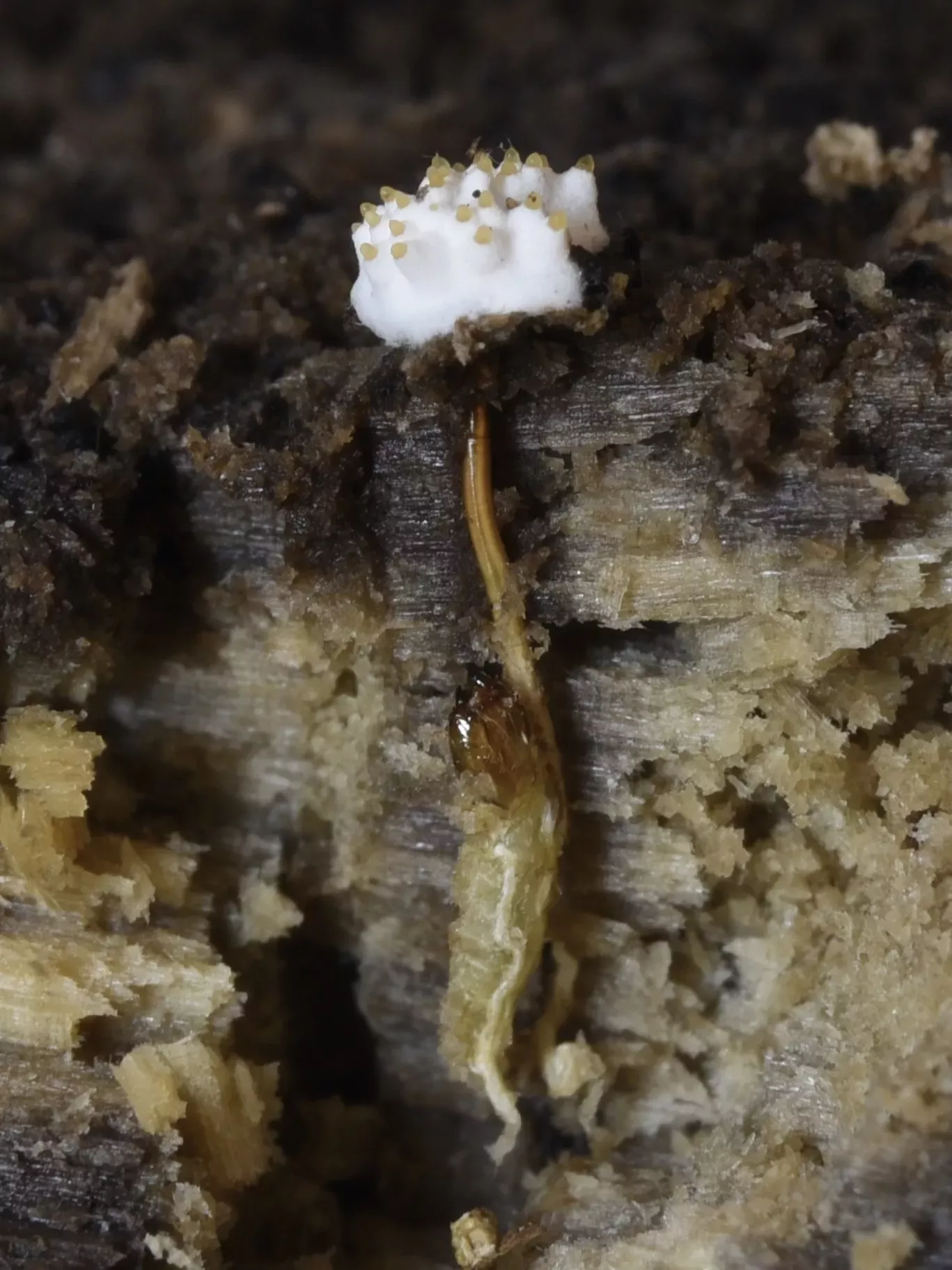
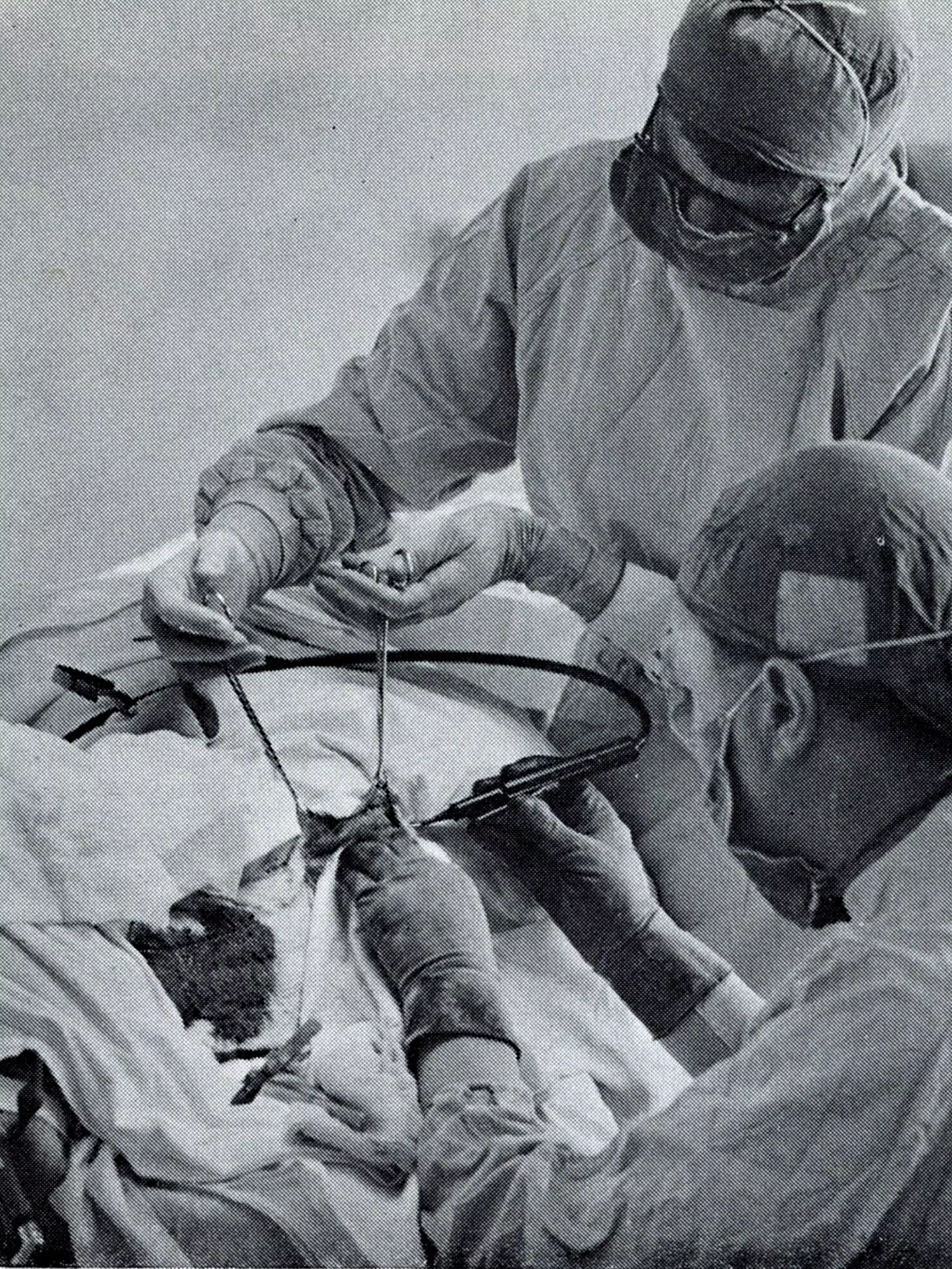
Fungi and food security
While fungi provide huge benefits to humanity, some of them also pose a challenge. Plant diseases caused by different types of fungi destroy up to 30% of global crop products each year, enough food annually to feed around 600 million people.
One of the most famous examples is a species belonging to the genus Fusarium (the soil-borne fungus Fusarium oxysporum f. sp. cubense (Foc)) that has wiped out entire cultivars of banana and now poses a risk to our beloved Cavendish variety.
What can sequencing DNA do to help us respond to this threat?
During her PhD research at Kew, Dr Rowena Hill sequenced the whole genome of several fungal endophytes (fungi that live inside plants without causing any symptoms) and compared them to closely related plant pathogens, as part of an effort to study the ‘endophytic continuum’. This is the spectrum of fungi that form relationships with plants, from those that are beneficial (mutualists), through neutral (commensals), to harmful (pathogens).
If we can identify the genes that are associated with harmful or beneficial behaviour, and what factors cause a species to trend towards either end of the relationship spectrum, then we could use our new DNA sequences to predict which fungi are likely to be heroes or villains in tomorrow’s world. Sequencing our historical collections will provide a window into the past that will help us understand how pathogens have evolved through time.
We’re going to need solutions for food security under our changing climate, and so being able to prepare in advance for potential causes of the next crop epidemic sets us up to save lives around the world.

Fungi and you
In time, this massive new dataset will allow our scientists to find answers to these great challenges and more, but what will it allow you to do?
Alongside our digitisation of Kew’s Herbarium and Fungarium specimens, the fungal DNA sequences produced by this project will be made open access to all, for free.
Investment in the study of genomics and our collective usage of the information that it provides will mean that together we can understand our planet’s intricate web of life and safeguard it for years to come.

%20from%20the%20fungarium%20gallery%20crop.jpgeff0.webp)
